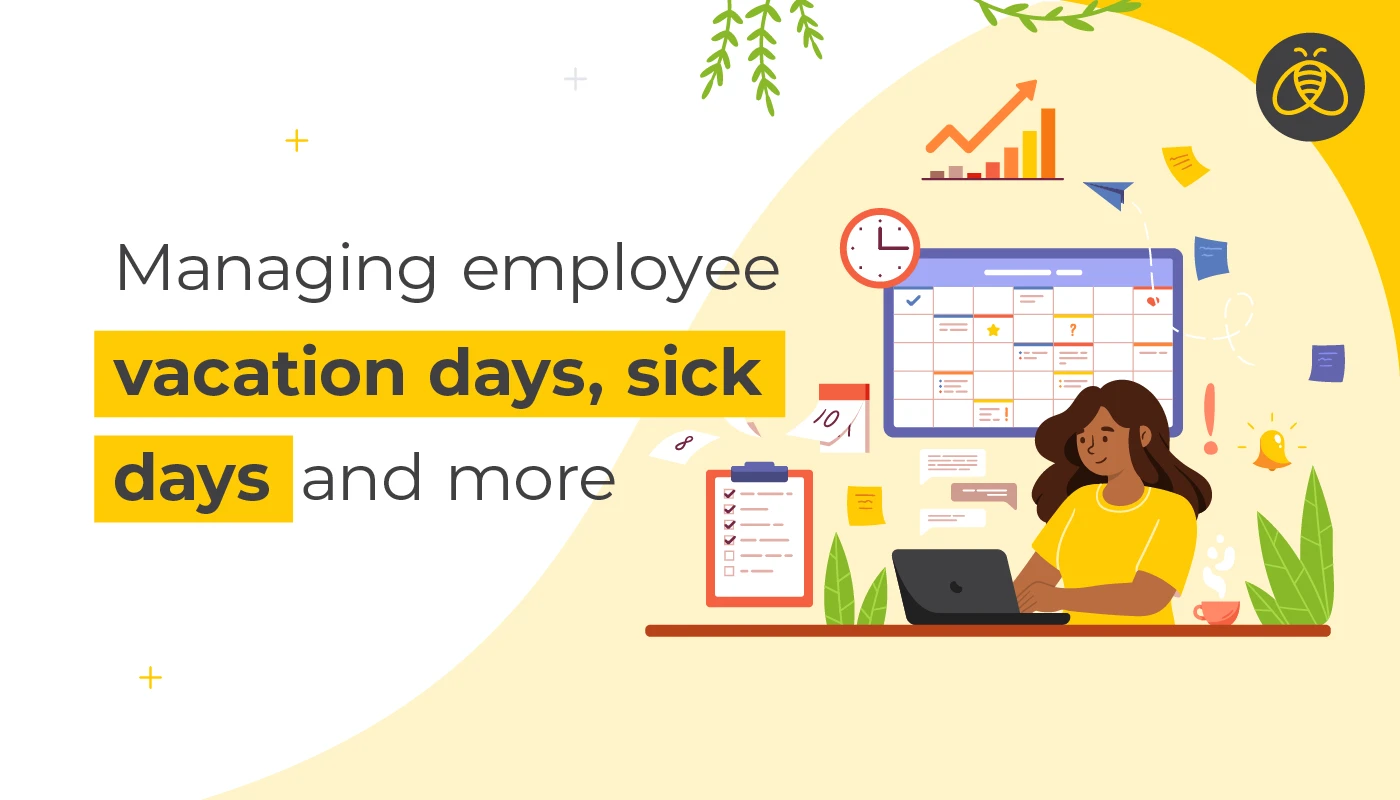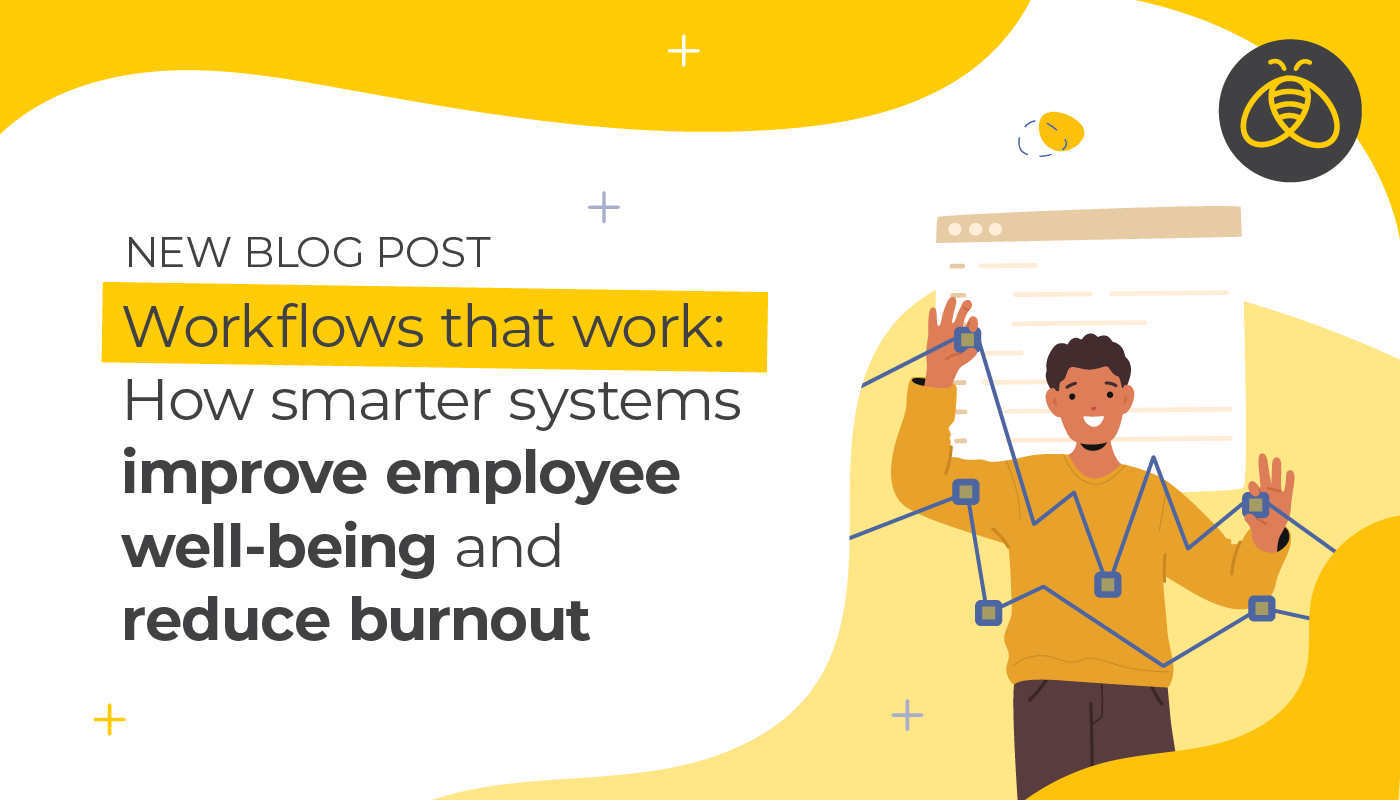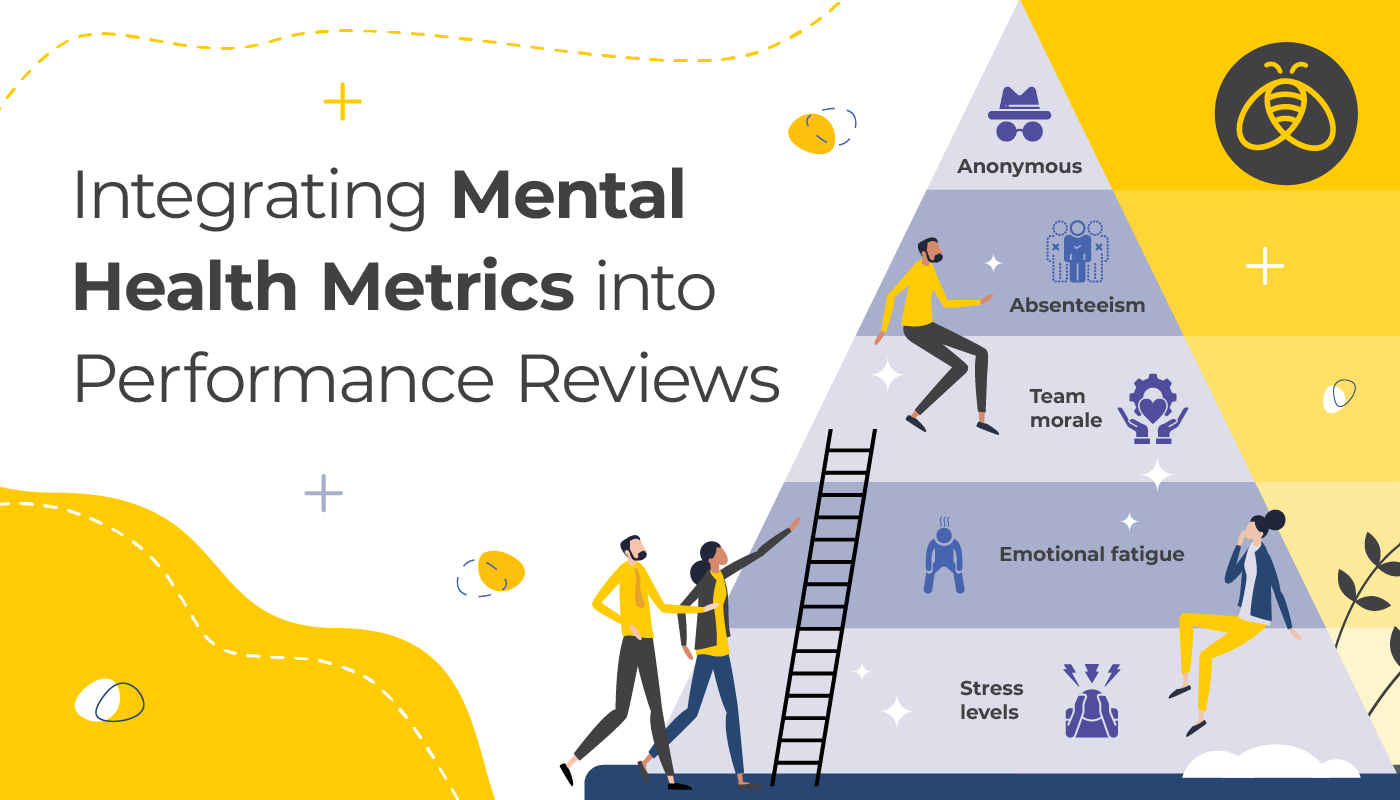Managing employee vacation days, sick days and more
By: Benefits by Design | Tuesday March 12, 2024
Updated : Tuesday March 19, 2024
Vacation days and sick days – also known as personal days – are an important factor in maintaining a high-functioning workforce. Employees are more engaged and productive when they have a good work-life balance.
What’s the difference between vacations, sick days, paid time off and a leave of absence?
Paid time off (PTO) refers to any days an employee takes off for which they are compensated. This can include but is not limited to paid vacation days, paid bereavement leaves, and paid sick or personal days off.
Vacation days are usually booked in advance, and employees must adhere to company policies for booking and taking vacation days. However, depending on how a company structures their vacation pay, vacation days may not be considered PTO. The latter would be true when employers add vacation pay to every paycheque, rather than allowing it to accrue and paying it out when the employee is actually away.
Sick and/or personal days work similarly in terms of whether they are considered PTO. The difference between sick or personal days and vacation days is that employees aren’t required to book them in advance. They are usually used for when employees are ill, taking care of a sick child or parent, to run personal errands or to take a mental health day. Depending on company policy, personal and sick days can be booked in advance as well – for example, if an employee has a dentist appointment.
Lastly, an unpaid leave of absence – which can vary in length – is approved time off without pay. There are also types of leaves of absence which are paid, and they would be considered PTO. For example, parental leave, which is paid by or supplemented by the government.
Managing employee vacation days, sick days and personal time off
There are some key strategies businesses can employ to ensure they are adhering to their provincial rules and regulations. We strongly encourage employers to check with your provincial authority for the details if you are unsure.
Coverage and equality
- Educate employees during onboarding on how to request vacation time. Explain how to call in sick or request a personal day.
- Have processes and staff in place for adequate coverage when employees book vacation days. For sick days, there are a variety of ways to support employees. Some employers have a list of employees to call and ask to come at the last minute. Or they might have on-call staff, or a bidding system whereby employees can select available shifts.
- Make sure all roles are documented and that there is a trained backup in all the tasks and functions required for each role. Make sure it isn’t the same backup person for everyone, in case multiple employees are sick on the same day.
- Have clear policies in place for overlapping vacation requests. Determine how many staff you will allow off at once, and if it will be a specific number, or a percentage. This could extend to each department, role, or the entire company. Confirm if you’ll have a vacation booking system that is first come, first served, by seniority, or another factor, like a draw for a popular time to take vacation (summer or around the winter holidays). While the methodology can vary from department to department, ensure the policy is consistent across the organization.
The fine print
- Confirm how you will pay employees for vacation days. One week of vacation days is equal to 2% of an employee’s wages. Which means two weeks would be equal to 4%. Therefore, hourly employees are often paid an extra 4% on each paycheque, with the intention of that money being used towards vacation time. Alternatively, employers can accrue the 4% for their employees, and pay it out when the employee is on vacation. Thus, providing them with continued income while they are away. Salaried employees have the 4% included in each pay period, so their paycheques are steady throughout the year, regardless of whether they are at work or on holidays.
- Choose the number of vacation, sick days and/or PTO each employee will be entitled to. Keep in mind that different provinces have different mandatory minimum numbers of vacation and sick days, so be sure to check your official provincial government website. There are no rules against providing more than the minimum, and most Canadian employers do just that.
- Decide if you are going to pro-rate vacation days and sick or personal days off for new employees starting partway through the year.
- Establish how to handle employees who leave the company partway through the year but have used all their vacation time or other PTO. (Only if you choose to provide vacation allotments that can be used before being officially accrued). Will you deduct the amount from their final paycheque?
Motivation
- Determine if you will allow vacation days to rollover (unused amounts can be banked for the following year), or if you will force employees to take their vacation allotment only in the year it was accrued. Employers are not allowed to enforce a use-it or lose-it policy, but they can book unrequested vacations for employees who have not used all their vacation days by the end of the year. There are different rules in each province that determine how long an employee has to use rolled over vacation days.
- Decide if you will incentivize your employees to take all their vacation and sick leave. At Benefits by Design, employees who use their entire vacation allotment are entered into a draw. There are two grand prizes, plus four smaller prizes. While the prizes have changed over the years, employees are always excited to see who wins each year.
[FREE DL] Employee audit checklist for your group insurance plan
Maintaining employee records and tracking vacation and PTO time
Did you know that managers spend 54% of their time on administrative work, while they spend just 7% of their time on people development such as training and upskilling?
Human Resources Information Systems (HRIS)s were created to help HR administrators get back some of their time. For example, Collage HR gives you a single place to manage everything from recruitment, employee onboarding, performance reviews, time-off tracking, training, HR reporting, and offboarding.
Using Collage, employers with group benefits can also take advantage of the employee benefits syncing capabilities. The fully integrated service allows administrators to add and remove employees directly from within Collage HR.
Group benefits administration relies heavily on the accuracy and timely submitting of information. Collage HR’s sophisticated system gives employers and employees peace of mind. New employees can be sure they won’t become a late applicant – which could result in coverage being denied or delayed. It also eliminates the possibility of terminated employees remaining on the plan. If not removed, former employees can still make claims, which affects the entire groups’ claims experience.
There’s a lot of critical decisions to be made when it comes to handling employee vacation days and time off requests. Consequently, maintaining proper records and ensuring adherence to provincial regulations is key to getting it right. Indeed, your business will benefit through a healthier, happier workforce.


